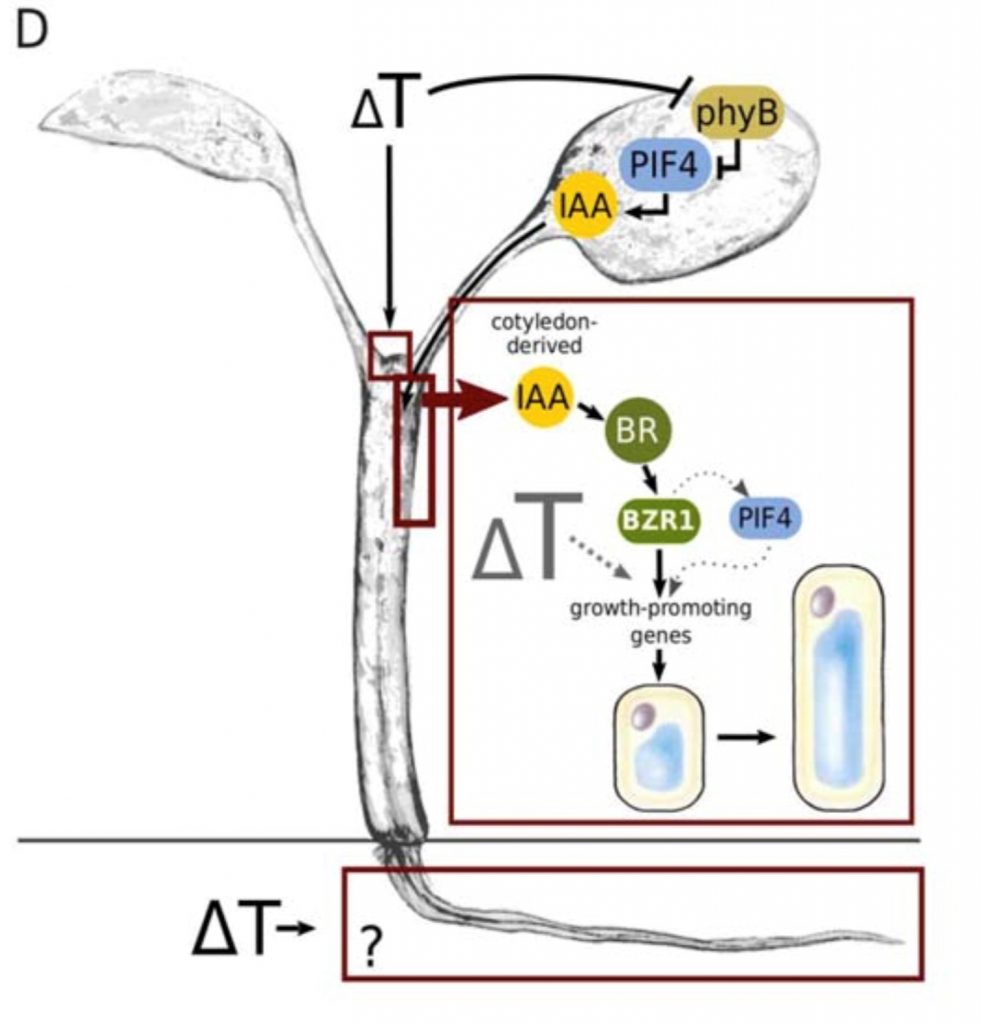
A mobile auxin signal connects temperature sensing in cotyledons with growth responses in hypocotyls (Plant Phys)
Plant Science Research WeeklyAn increase in ambient temperature affects plant growth and development; for instance, high temperatures trigger elongation in petioles, hypocotyls, and roots in Arabidopsis seedlings. Bellstaedt et al. studied the spatial relationships in sensing, signaling and growth responses to high temperature in…
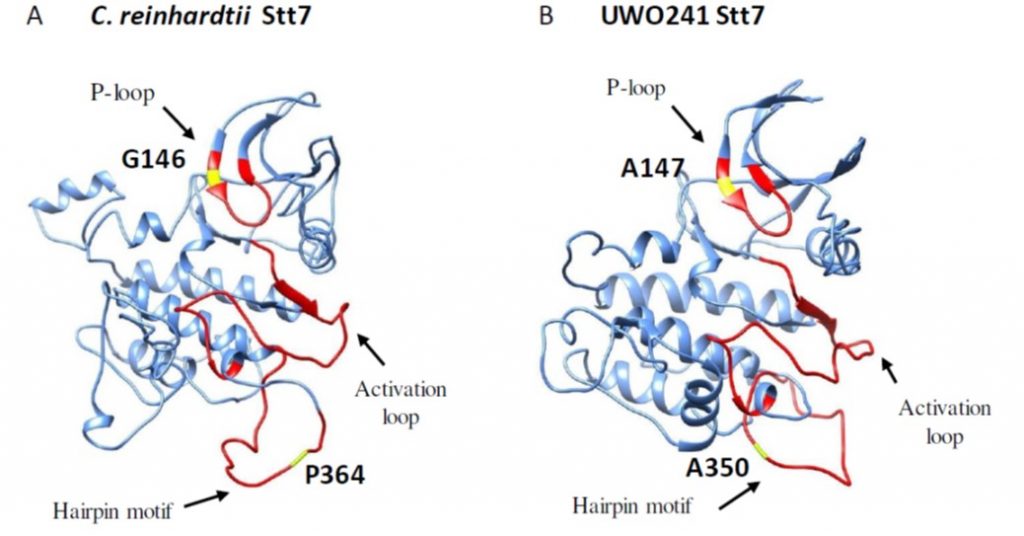
Cold-adapted protein kinases and thylakoid remodeling impact energy distribution in an Antarctic psychrophile (Plant Phys)
Plant Science Research Weekly“Earth is a cold place with 80% of its biosphere permanently below 5°C,” begins this study of an Antarctic psychrophile (“cold-lover”). As Szyszka-Mroz et al. indicate, the permanently cold-adapted inhabitants of permanently frozen lakes are highly vulnerable to the effects of climate change,…
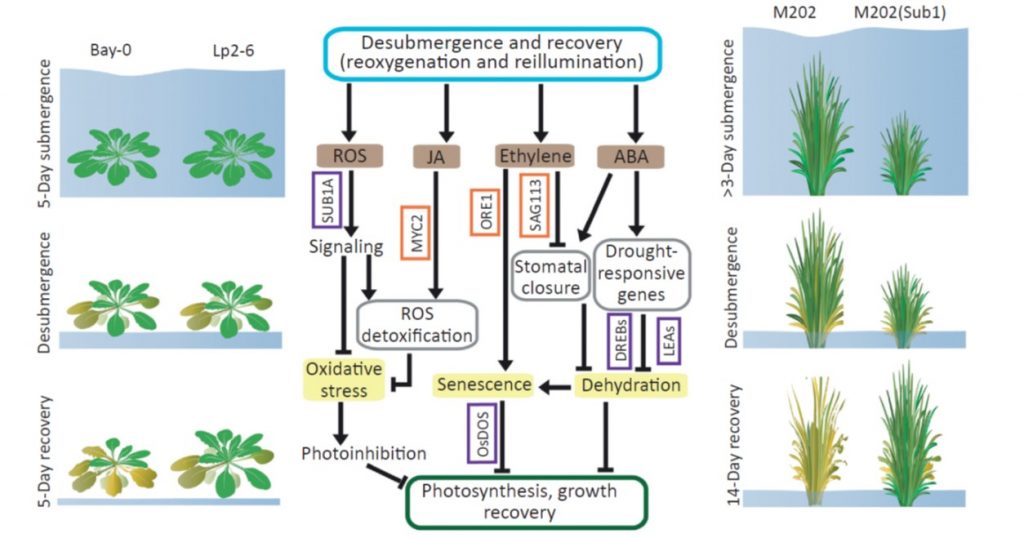
Review. After the deluge: Plant revival post-flooding
Plant Science Research WeeklyCrop losses due to flooding are occuring with increasing frequency. Whilst time submerged can be lethal, the post-submergence period is also potentially lethal. In this new review, Yeung et al. provide an overview of factors that contribute to plant survival after flooding. Being submerged leads to hypoxia…

A jasmonate signaling network activates root stem cells and promotes regeneration ($) (Cell)
Plant Science Research WeeklyPlants possess plasticity for regeneration of organs after damage by physical, biotic or abiotic stress. The mitotically less-active organizer cells, quiescent center (QC) and surrounding initials form the stem cell niche, which is known to play a very important role in activation of the regeneration…
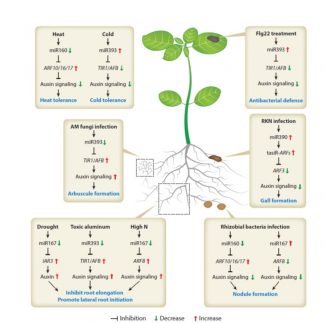
Review: MicroRNAs and their regulatory roles in plant–environment interactions (Annu Rev Plant Bio) ($)
Plant Science Research WeeklyMicroRNAs (miRNAs) are endogenous small noncoding RNAs that negatively regulate the expression of target genes through mRNA cleavage, translational repression and DNA methylation. The last decade has seen an exponential increase in the studies performed to understand the biogenesis of plant miRNAs, their…
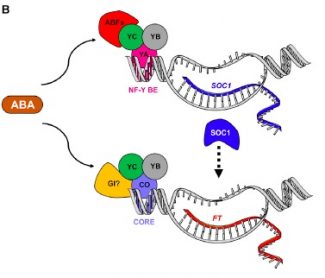
ABA mediated drought-accelerated flowering ($) (Mol Plant)
Plant Science Research WeeklyOne of the most plastic developmental process in plants is the timing of flower initiation. Plants select favourable conditions to achieve reproductive success. Light and temperature are continuously monitored through molecular mechanisms that are still poorly understood. Drought escape (DE) is an adaptive…
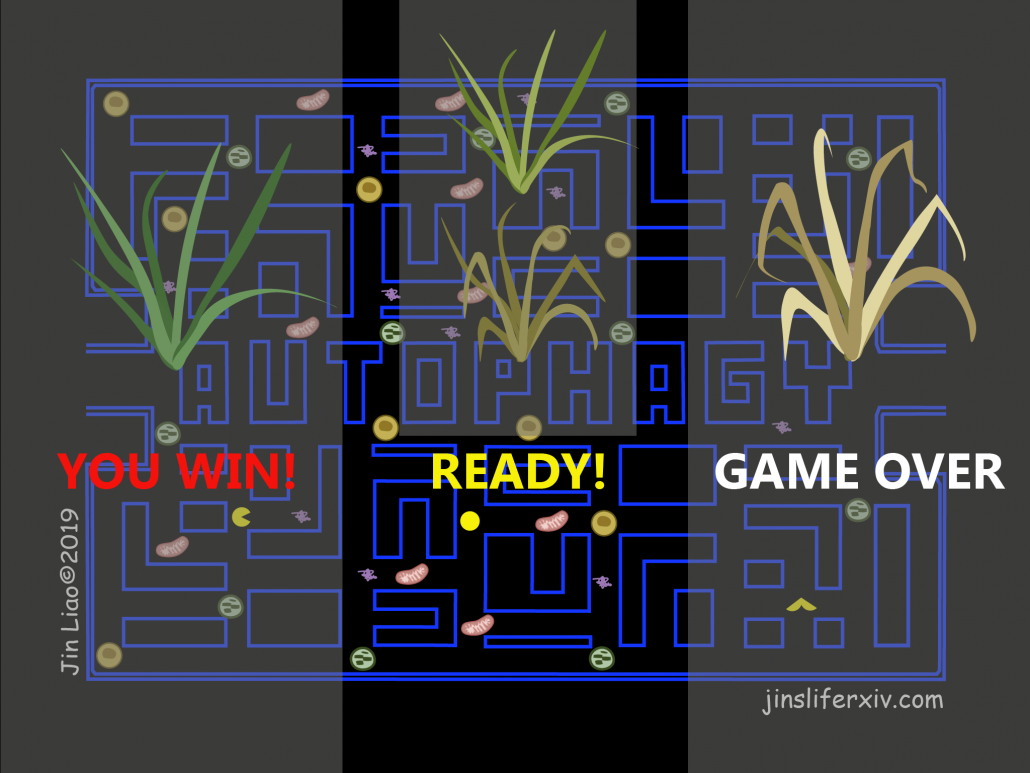
Review: Linking autophagy to abiotic and biotic stress responses (Trends Plant Sci)($)
Plant Science Research WeeklyAutophagy means “self-eating” in ancient Greek. It’s a process in which cellular components are delivered to lytic vacuoles to be reused. This recycling process promotes abiotic and biotic stress tolerance. In this review, Signorelli et al. highlight in detail plant autophagy in abiotic and biotic…
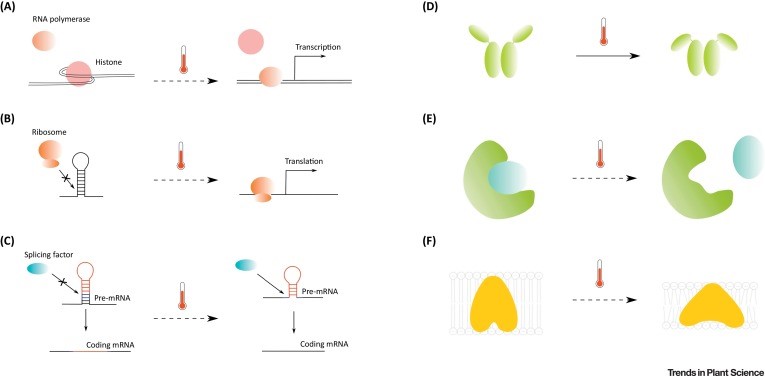
Opinion. Feeling the heat: Searching for plant thermosensors (Trends Plant Sci)
Plant Science Research WeeklyHow does a plant sense the elevation in atmospheric temperature? What are the missing links betweena rise in atmospheric temperature, its sensing, and responses triggered? Vu et al. discuss how conformational and structural changes of DNA, RNA and proteins could be the sensors to temperature change.…
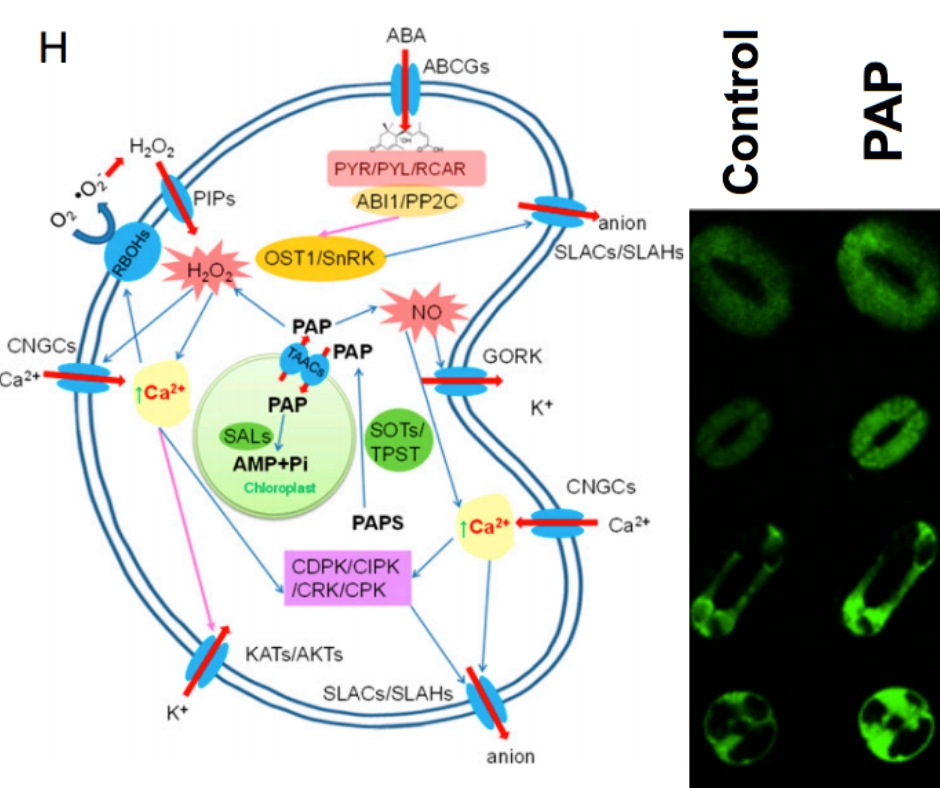
Evolution of chloroplast retrograde signaling facilitates green plant adaptation to land (PNAS)
Plant Science Research WeeklyThe evolution of signaling pathways in plants enabled the water to land transition, during which drought response was crucial for the adaptation to terrestrial habitats. Here, Zhao et al. reveal the role of drought- induced phosphoadenosine (PAP) in the regulation of abscisic acid (ABA) synthesis in…

